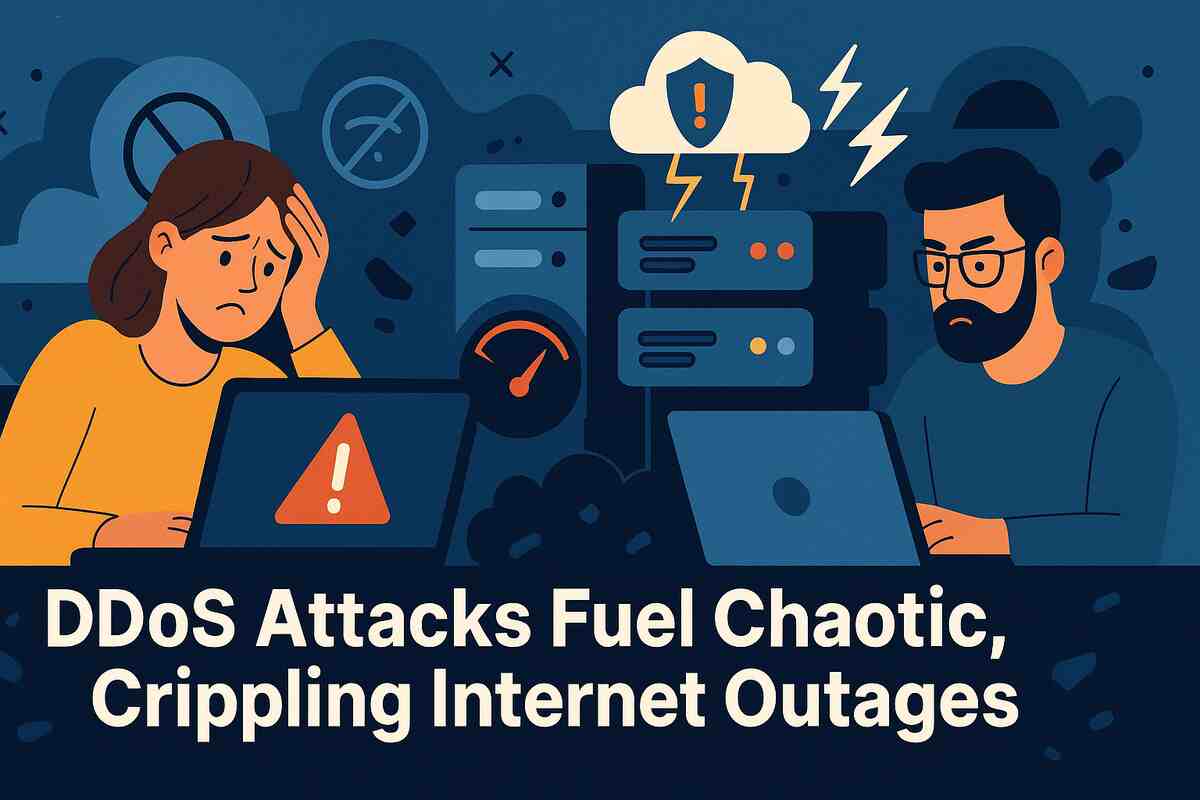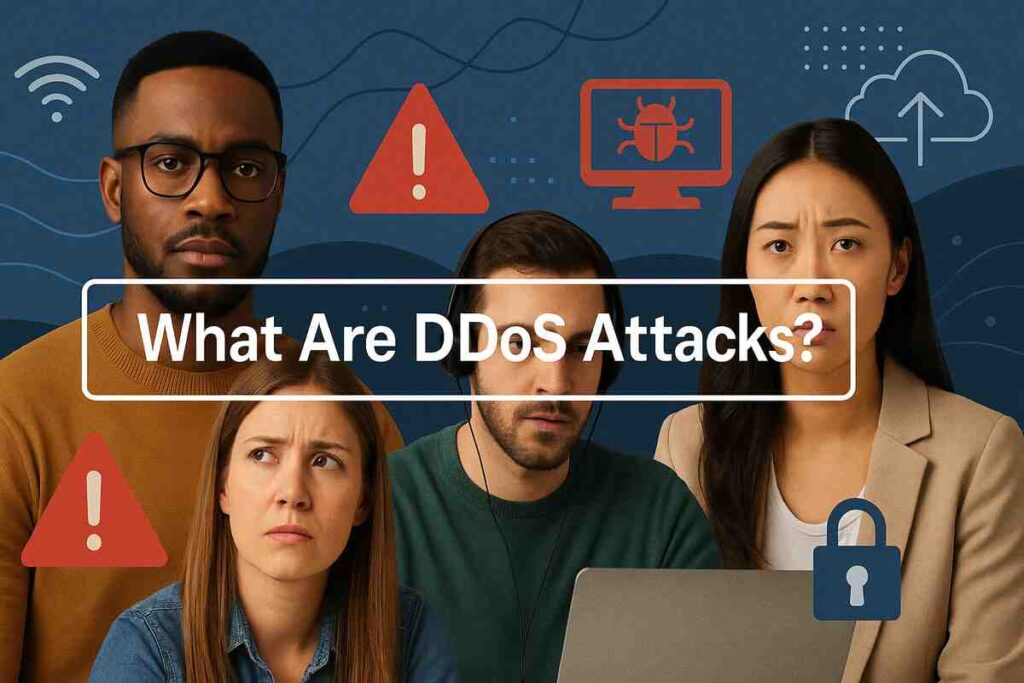Physical Address
304 North Cardinal St.
Dorchester Center, MA 02124
Physical Address
304 North Cardinal St.
Dorchester Center, MA 02124

For freelancers and digital nomads, the internet is the backbone of productivity. It’s where work happens, meetings take place, invoices are sent, and collaboration thrives. But when DDoS Attacks strike, that backbone crumbles—leaving chaos, confusion, and lost revenue in its wake. These attacks have grown in scale and frequency, capable of bringing down entire platforms or severing access to key services with a single flood of malicious traffic.
The rise of distributed denial-of-service (DDoS) attacks represents one of the most immediate threats to the remote working ecosystem. From website downtime and app crashes to full-scale network outages, the disruption can be devastating for those who depend on digital continuity.
This article explores how DDoS attacks work, why they’re increasing, who’s behind them, and what freelancers must do to weather the storm.

DDoS (Distributed Denial-of-Service) attacks are malicious attempts to overwhelm a target—such as a website, server, or network—with massive amounts of traffic. The goal is to exhaust system resources and make the service unavailable to legitimate users.
DDoS attacks typically leverage botnets—networks of infected devices (IoT gadgets, servers, computers)—controlled remotely by attackers. When activated, these bots send a flood of data packets to the target simultaneously, overloading bandwidth and crashing the system.
According to Cloudflare’s 2023 report, the number of large-scale DDoS attacks (over 500 Mbps) increased by 67% in just one year.

While DDoS attacks are usually aimed at organizations or platforms, freelancers often suffer collateral damage—or become direct targets when hosting their own services.
A freelance copywriter locked out of Google Docs during a client handover, or a designer unable to access their website when applying for a gig, can face reputational and financial damage instantly.

One of the largest DDoS attacks in history, peaking at 1.35 Tbps, targeted GitHub and caused temporary downtime. Developers and freelancers worldwide were affected.
A massive DDoS campaign shut down major sites like Twitter, Netflix, and PayPal across North America and Europe. Freelancers depending on these platforms lost access for hours.
A 2.5 Tbps DDoS attack targeted Google, revealing the scale of possible future threats. Google mitigated it, but the event underscored vulnerability even in “safe” cloud environments.
These cases reflect the global, indiscriminate nature of DDoS attacks.
| Tool | Use Case | Impact of Downtime |
|---|---|---|
| Gmail/Outlook | Email Communication | Missed client messages |
| Zoom/Google Meet | Virtual Meetings | Lost collaboration opportunities |
| Google Docs/Dropbox | File Sharing | Delayed project delivery |
| WordPress/Wix | Portfolio Sites | Broken links, lost leads |
| Upwork/Fiverr | Client Gigs | Job access disruption |
These platforms have DDoS mitigation, but attackers are constantly evolving tactics.
Freelancers who host courses, operate membership platforms, or compete in online marketplaces may find themselves unexpectedly targeted.
Use tools like Pingdom, DownDetector, or Uptime Robot to monitor real-time availability.
While large-scale mitigation is typically a job for ISPs and cloud providers, freelancers can take proactive steps:
Resilience is more than uptime—it’s how quickly you can pivot when it fails.
The rise of DDoS attacks marks a new era of digital disruption—one where even brief connectivity failures can lead to missed deadlines, lost clients, and long-term damage. For freelancers and digital nomads, whose businesses depend entirely on internet stability, these attacks represent an invisible force capable of derailing an entire day’s work.
Understanding the risks, watching for the signs, and adopting mitigation strategies today ensures continuity and control tomorrow. As cybercriminals grow bolder, the freelancer’s best defense lies in preparation, awareness, and a flexible digital workflow that’s ready for anything—even chaos.